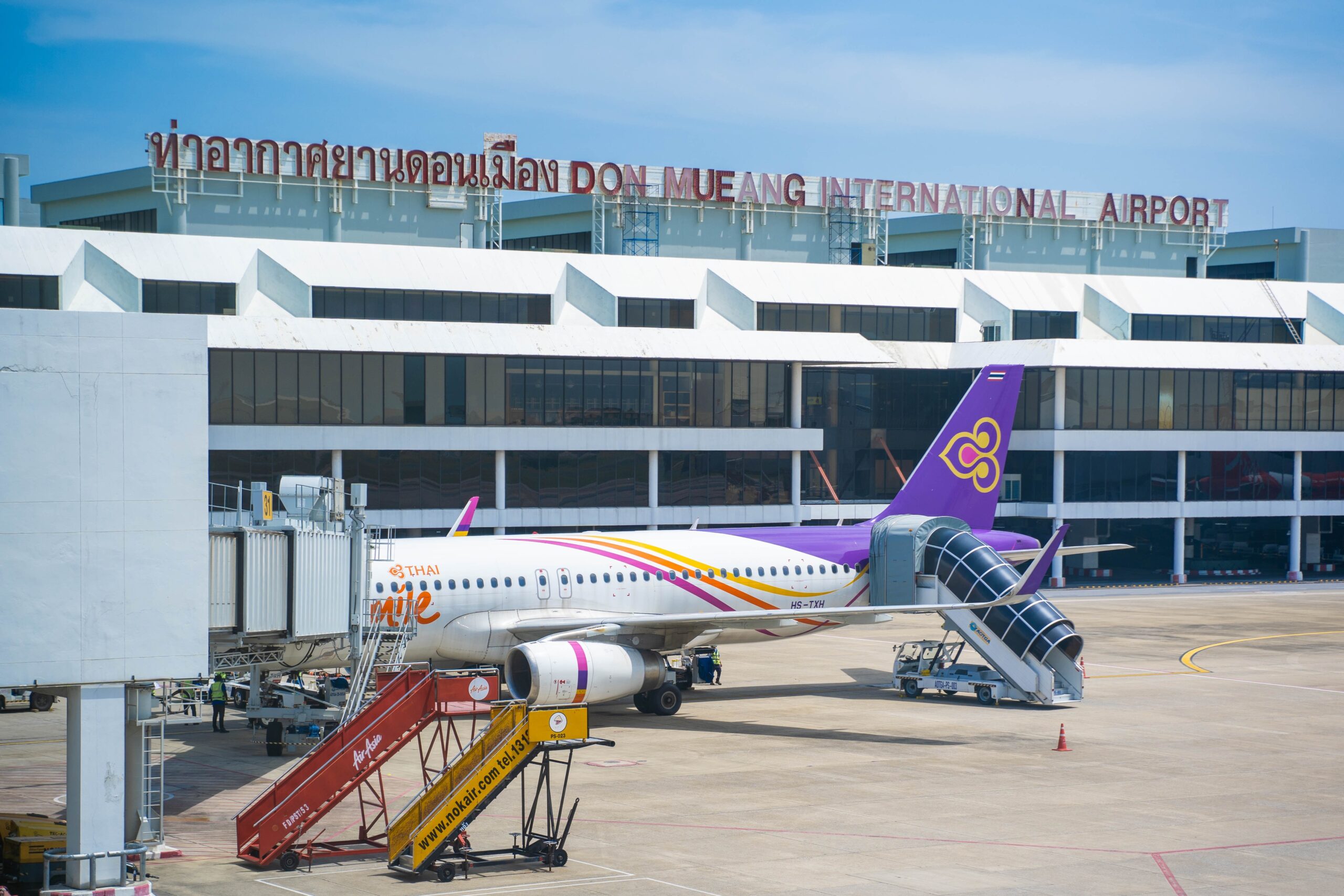Transportation
Seamlessly connect through Bangkok’s comprehensive transportation network, offering convenience and accessibility for all
Transportation system
Transportation in Bangkok is quite convenient. People can choose the way that they prefer as bus, train, sky train, subway, taxi, motorbike taxi, boat, and so on.
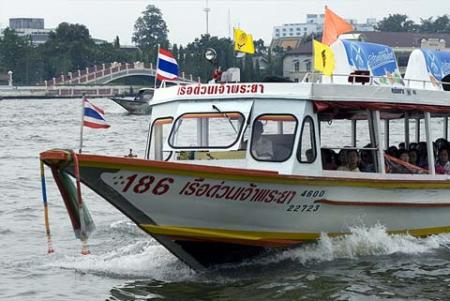
Water
Bangkok’s Chao Phraya Express boats and canal ferries provide a unique travel experience. Visitors can enjoy scenic river views, witness local riverside lifestyles, and reach cultural and historical landmarks quickly and affordably—making every trip both practical and memorable.
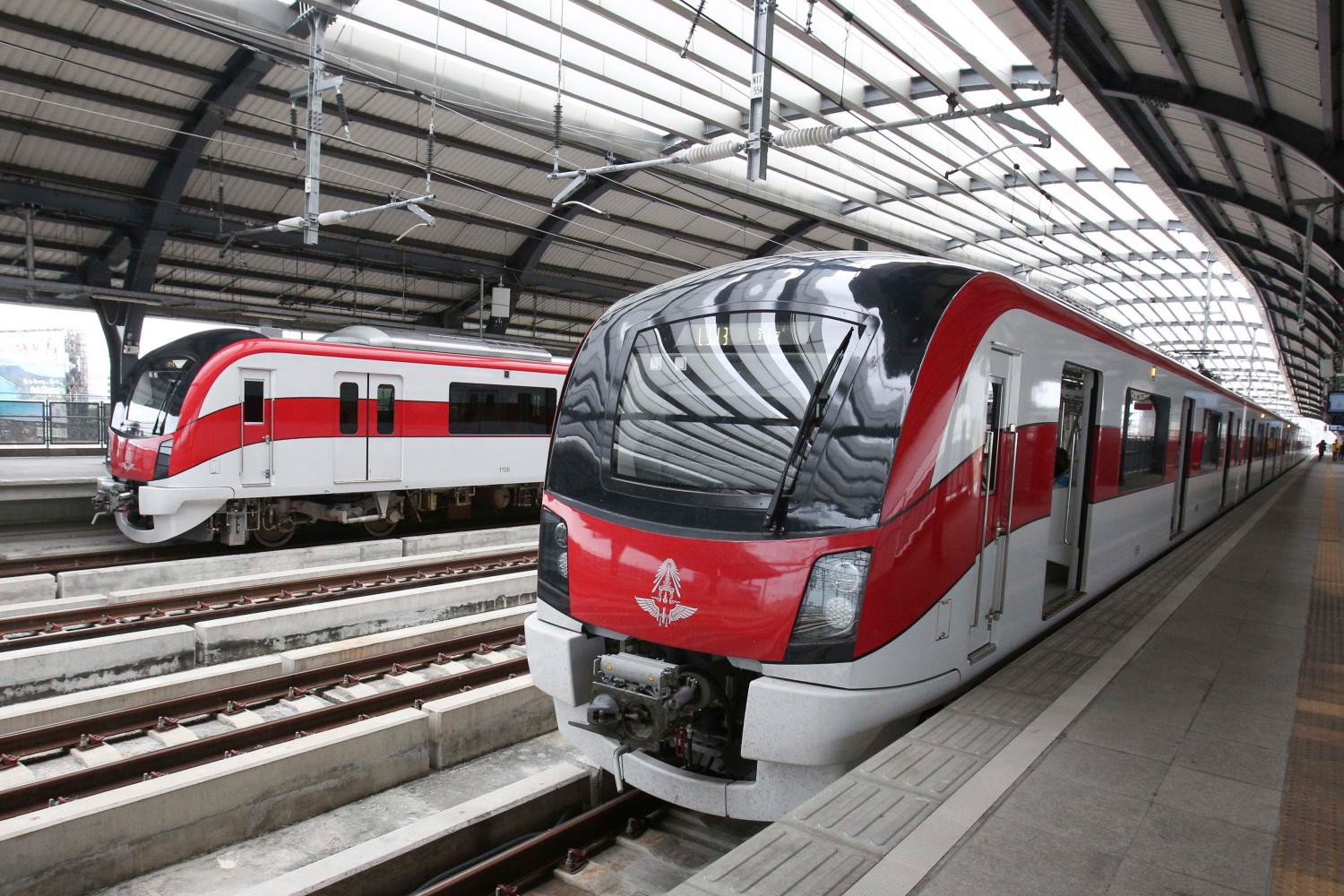
Rail
Bangkok’s rail network, including the BTS Skytrain and MRT subway, offers modern, fast, and safe transportation with seamless access to business hubs, shopping districts, and major attractions. The system also connects with the State Railway of Thailand (SRT) and the Airport Rail Link, linking directly to Don Mueang and Suvarnabhumi International Airports—providing visitors with effortless travel to and from the city.
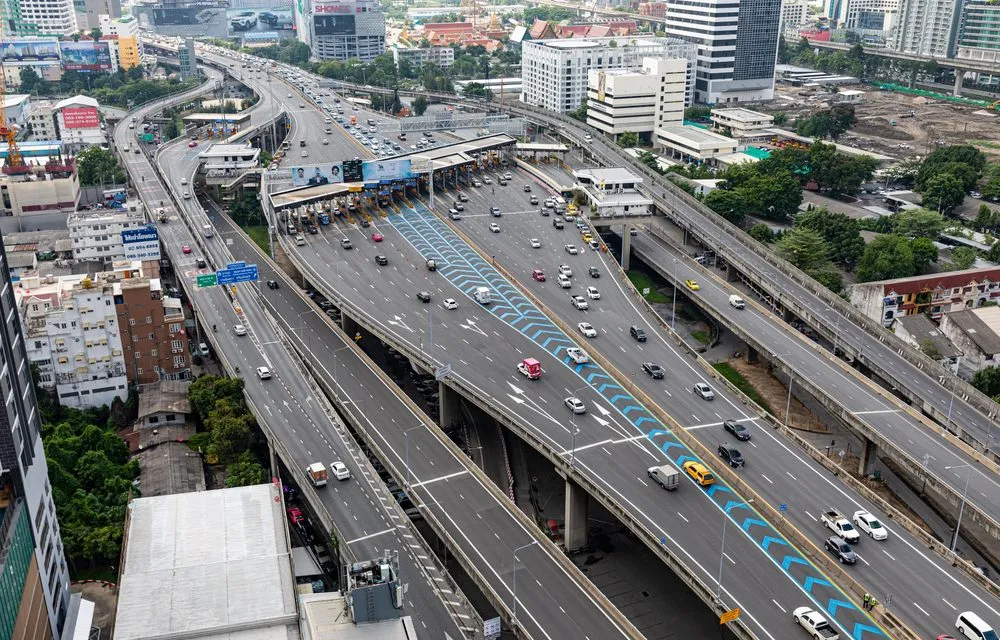
Road
Road transport in Bangkok provides comfort and accessibility across every corner of the city. From air-conditioned buses and electric vehicles to taxis, ride-hailing services, and the iconic motorcycle taxis that swiftly navigate through alleys and busy streets—travelers have flexible options to reach major attractions conveniently and save time.

Transportation on the plan
Bangkok serves as the gateway to Thailand and Southeast Asia, boasting a modern and well-connected air transport system. Suvarnabhumi International Airport acts as a major regional aviation hub, while Don Mueang International Airport offers a wide range of domestic and international flights. Both airports provide seamless connections to the city through public transport systems such as the Airport Rail Link (ARL), the SRT Red Line, the BTS Skytrain, the MRT subway, as well as buses and expressways. This ensures that travelers can move swiftly from the airports to downtown Bangkok and onward to destinations across Thailand, making air travel an essential and effortless part of the Bangkok experience.
BMA Feeder
BMA Feeder is a free service provided by the Bangkok Metropolitan Administration, offering air-conditioned electric buses and electric boats to connect first-mile and last-mile travel between communities or residential areas and Bangkok’s major transit systems, including BTS, MRT, ARL, the Chao Phraya Express Boat, and canal boat services. The system uses clean energy such as electric buses and boats, helping reduce pollution and promoting eco-friendly travel. Bus routes include B2, which runs from Din Daeng to BTS Sanam Pao, and B3, which links the Romklao Community to ARL Lat Krabang Station. The electric boat network covers 11 piers, such as Tha Teawaraj, connecting with the Chao Phraya Express Boat, Hua Lamphong Pier connecting with State Railway services, and the Hua Lamphong MRT pier. Visitors can enjoy this service free of charge, making it a convenient, time-saving, and environmentally friendly way to explore Bangkok.
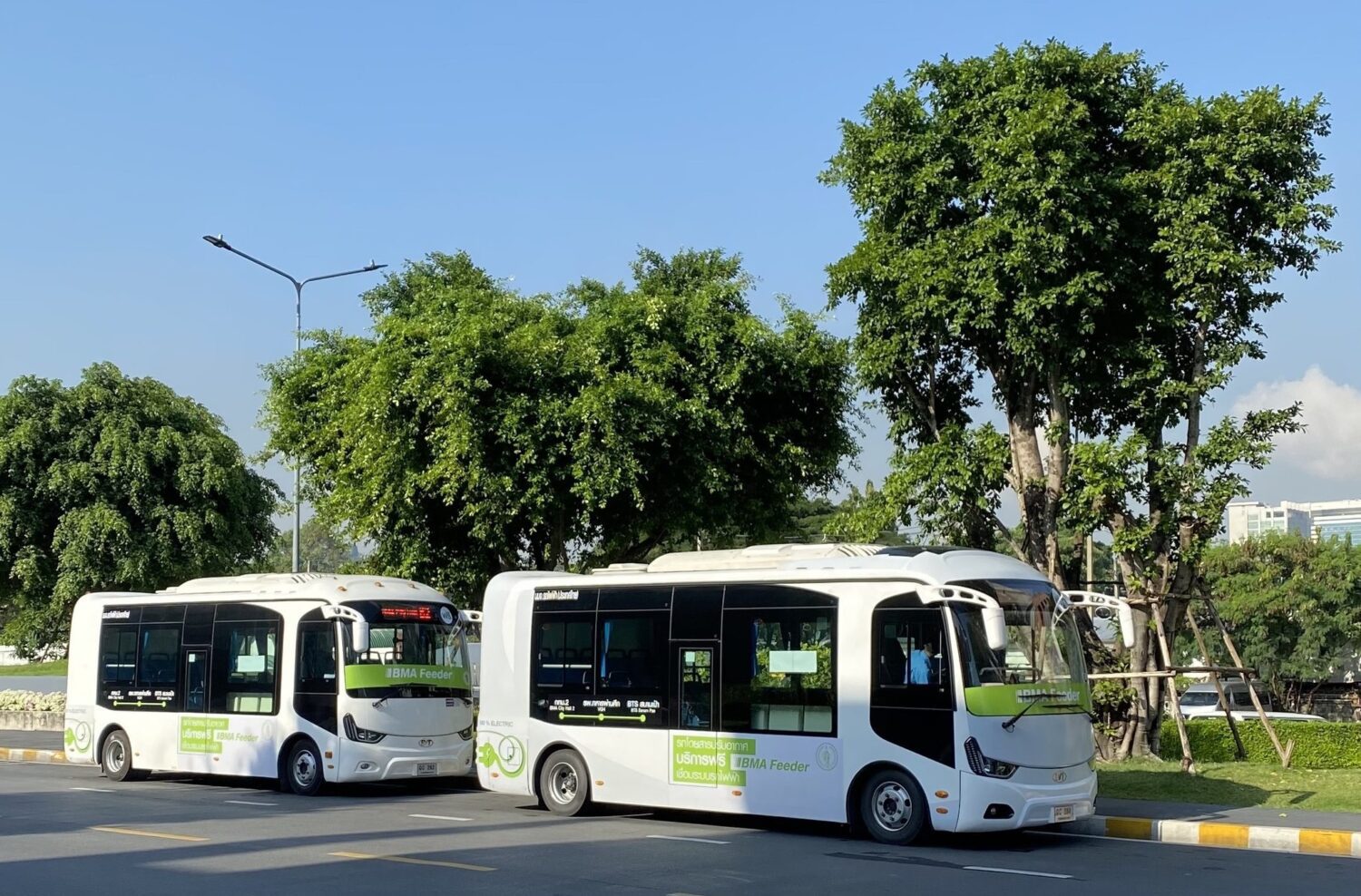
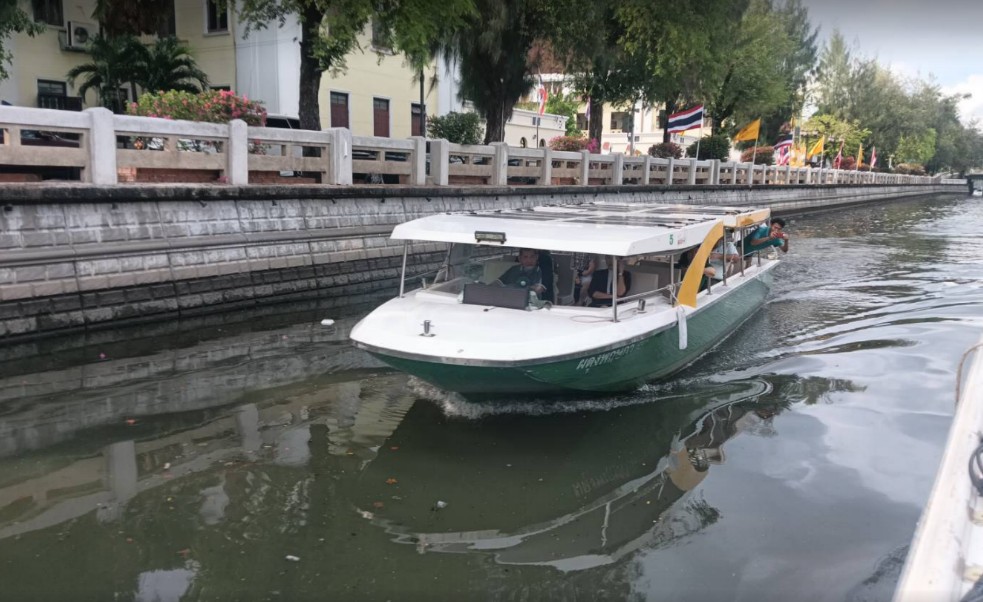
Transportation on the road
Road transport in Bangkok provides comfort and accessibility across every corner of the city. From air-conditioned buses and electric vehicles to taxis, ride-hailing services, and the iconic motorcycle taxis that swiftly navigate through alleys and busy streets—travelers have flexible options to reach major attractions conveniently and save time.
Expressway

Bangkok’s expressway network significantly reduces travel time and connects key areas across the city, from business districts and tourist attractions to the airports. Many expressways integrate with public transport systems, including rail stations, van terminals, and boat piers, allowing travelers to switch modes conveniently. They also serve as gateways to regional travel—for example, the Chalerm Maha Nakhon Expressway links to Rama II Road towards the South, while the Sirat and Udon Ratthaya Expressways connect to Phahonyothin and Mittraphap Roads, leading to the North and Northeast. This makes Bangkok a true transportation hub, seamlessly linking the capital with Thailand’s regions.
Transportation System
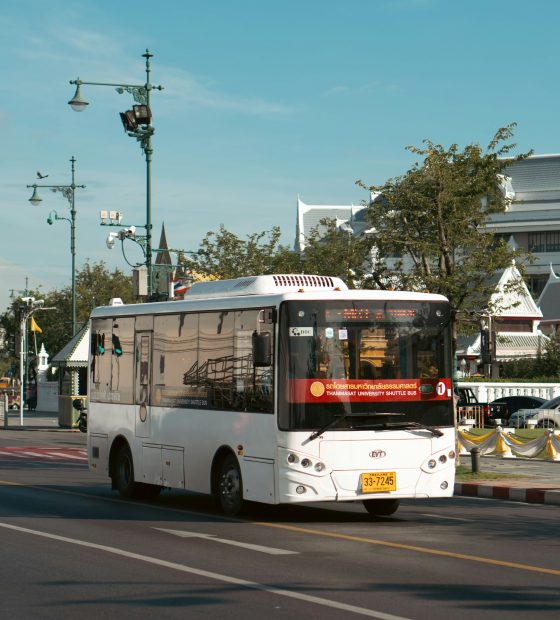
Bus
Bangkok’s public bus system spans the entire city with regular buses, air-conditioned coaches, and modern electric buses, providing an affordable and accessible way to travel. These buses are seamlessly integrated with other public transport systems such as BTS Skytrain stations, MRT subway lines, and boat piers, allowing visitors to conveniently connect to business districts, tourist attractions, and shopping centers while keeping travel costs low.
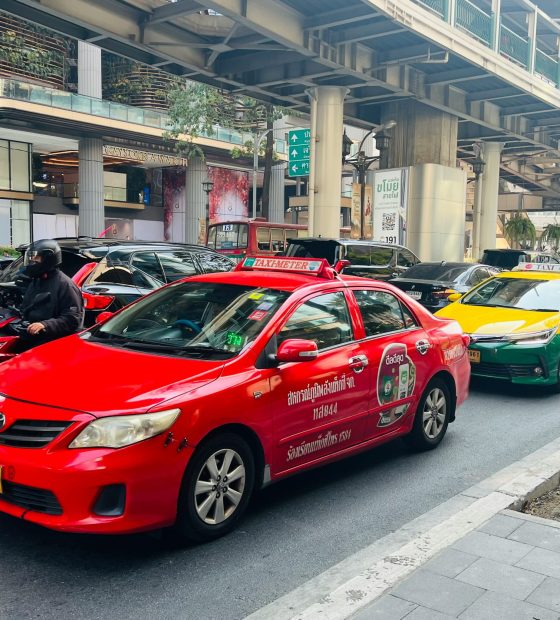
Taxi
Taxis in Bangkok provide a convenient and widely available travel option, operating 24 hours a day and easily hailed on the street or booked via mobile apps. All taxis are equipped with meters to ensure transparent fares. They also connect smoothly with other public transport systems such as BTS Skytrain and MRT subway stations, boat piers, and international airports, allowing visitors to continue their journeys effortlessly to various destinations across the city.
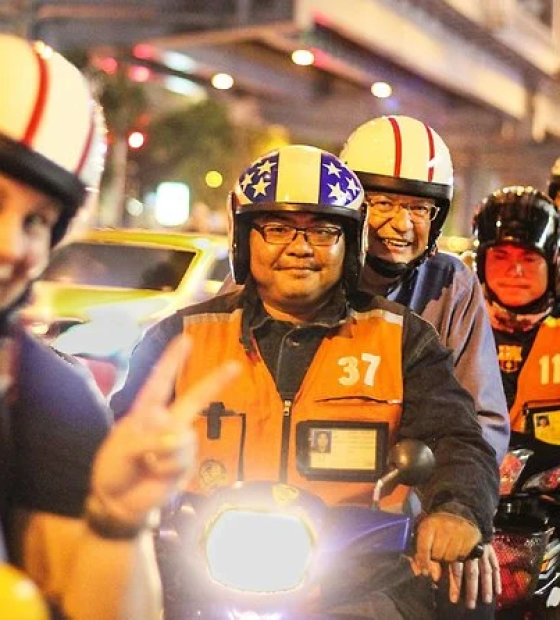
Motorbike Taxi
Motorcycle taxis are a unique and essential part of Bangkok’s public transport system, perfect for short trips or navigating narrow alleys where larger vehicles cannot go. They are commonly found near BTS Skytrain and MRT subway stations, boat piers, and bus stops, providing an easy link between main transport systems and final destinations. For tourists, motorcycle taxis offer a fast, convenient, and time-saving way to get around the city, especially during heavy traffic.
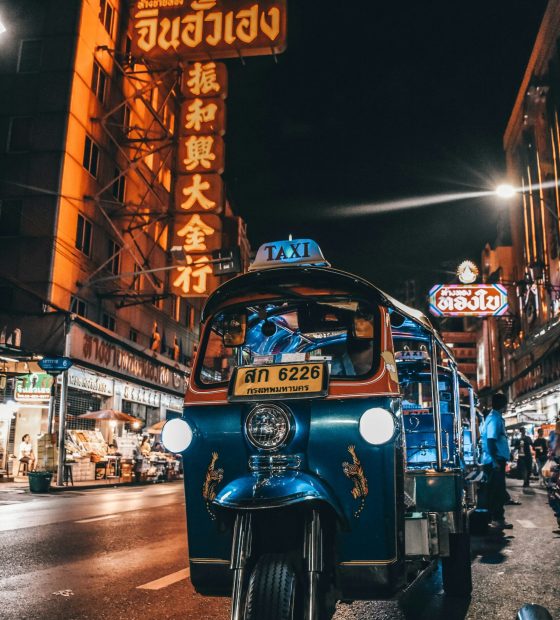
Tuk tuk
Tuk-tuks are an iconic symbol of Bangkok’s transport, offering visitors a fun and memorable travel experience. They are best suited for short trips within the city, especially around popular tourist areas such as the Grand Palace, Khao San Road, or Chinatown. Tuk-tuks also connect easily with other public transport systems, including BTS Skytrain and MRT subway stations as well as boat piers, making them a convenient last-mile option for reaching destinations along smaller streets or alleys that larger vehicles cannot access.
BRT
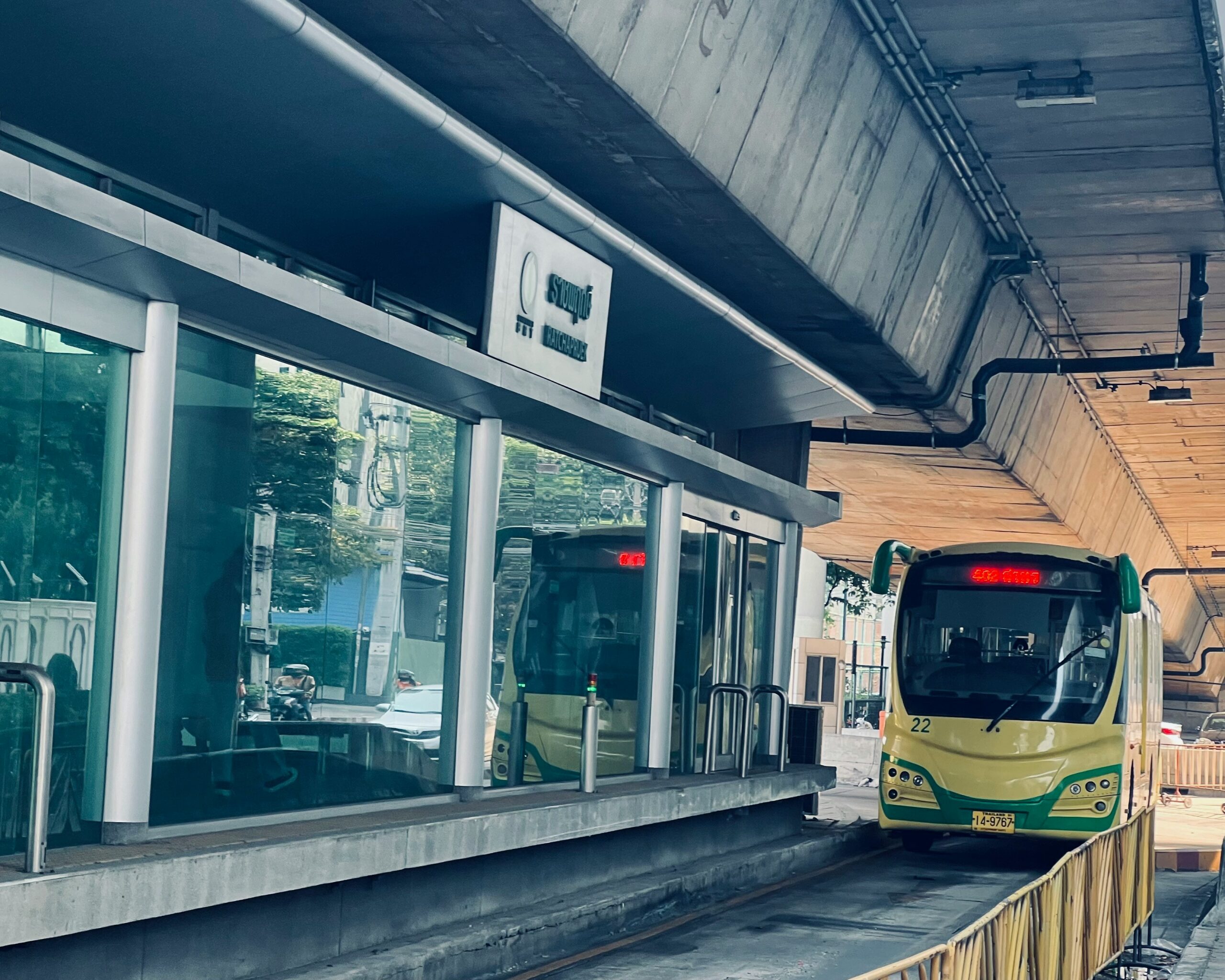
Bangkok’s Bus Rapid Transit (BRT) operates on dedicated lanes to ensure fast and punctual service. The Sathorn–Ratchaphruek line starts at Sathorn Station, directly linked to BTS Chong Nonsi Station, and ends at Ratchaphruek Station, connected to BTS Talat Phlu Station. This allows visitors to conveniently travel between Bangkok’s city center and the Thonburi side. The BRT also connects with other public buses and nearby river boat services, making it an efficient and versatile transport option for tourists.
Bus Terminal

Bangkok Bus Terminal –
Chatuchak / Mo Chit 2
Mo Chit 2, officially known as the Bangkok Bus Terminal (Chatuchak), is the largest intercity bus terminal in Bangkok and the main gateway for bus travel to Northern, Northeastern (Isan), and some Central regions of Thailand. From here, travelers can conveniently reach popular destinations such as Chiang Mai, Chiang Rai, Khon Kaen, Udon Thani, and Nakhon Ratchasima. Getting to Mo Chit 2 is easy: take the BTS Skytrain to Mo Chit Station or the MRT Subway to Chatuchak Park or Kamphaeng Phet Stations, then continue by taxi or motorcycle taxi for just a few minutes. Public buses and regular taxis are also available, making Mo Chit 2 one of the most convenient starting points for intercity travel in Thailand.
Bangkok Southern Bus Terminal –
Sai Tai Mai
The Bangkok Southern Bus Terminal (Sai Tai Mai), located on Borommaratchachonnani Road in Thawi Watthana district, is the main hub for bus travel to Southern Thailand and some parts of the Western region. From this terminal, travelers can easily reach popular destinations such as Hua Hin, Chumphon, Surat Thani, Phuket, and Krabi. To get there, visitors can take the MRT subway or BTS Skytrain to nearby stations such as Bang Wa, then continue by taxi. Public buses and regular taxis also serve the terminal directly, making it a convenient gateway for trips to Thailand’s southern provinces.
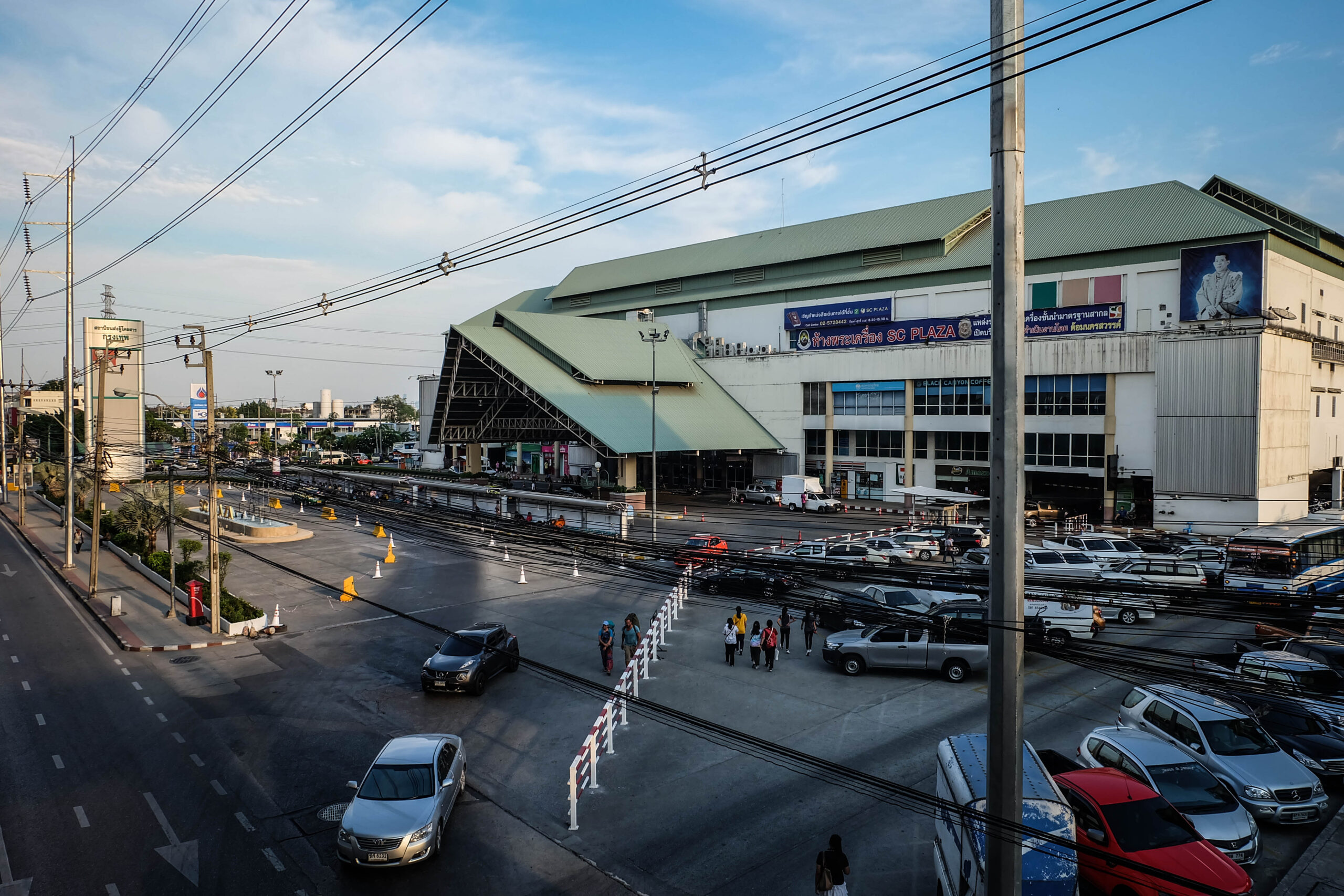
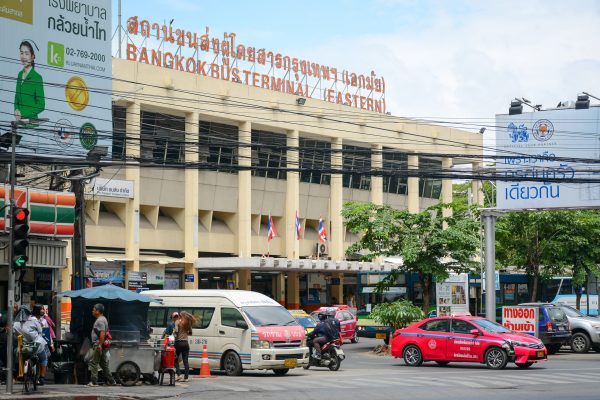
Bangkok Eastern Bus Terminal
– Ekkamai
The Bangkok Eastern Bus Terminal (Ekkamai), located on Sukhumvit Road right next to BTS Ekkamai Station, is the most convenient terminal to reach. It serves as the main hub for buses to Eastern Thailand, especially popular routes to Pattaya, Rayong, Chanthaburi, and Trat—gateways to Koh Samet and Koh Chang. Travelers can easily reach the terminal by taking the BTS Skytrain Sukhumvit Line to Ekkamai Station and walking directly to the bus terminal. Public buses and taxis also serve the terminal, making Ekkamai an easy and efficient starting point for trips to Thailand’s eastern seaside destinations.
Transportation on the rail
Bangkok’s rail transit system is a modern, interconnected network that links the city with the wider region. It includes the BTS Skytrain, MRT Subway, and the Airport Rail Link (ARL) connecting directly to Suvarnabhumi International Airport, as well as the SRT Red Line commuter trains providing access to Don Mueang International Airport. In addition, the system integrates with long-distance and regional trains at Bangkok Apiwat Central Station, the country’s largest rail hub. These rail lines connect seamlessly with other public transport options—such as buses, taxis, tuk-tuks, and river boats—allowing travelers to move smoothly across business districts, tourist attractions, and shopping areas, while also offering convenient onward journeys to Bangkok’s metropolitan region and destinations across Thailand.
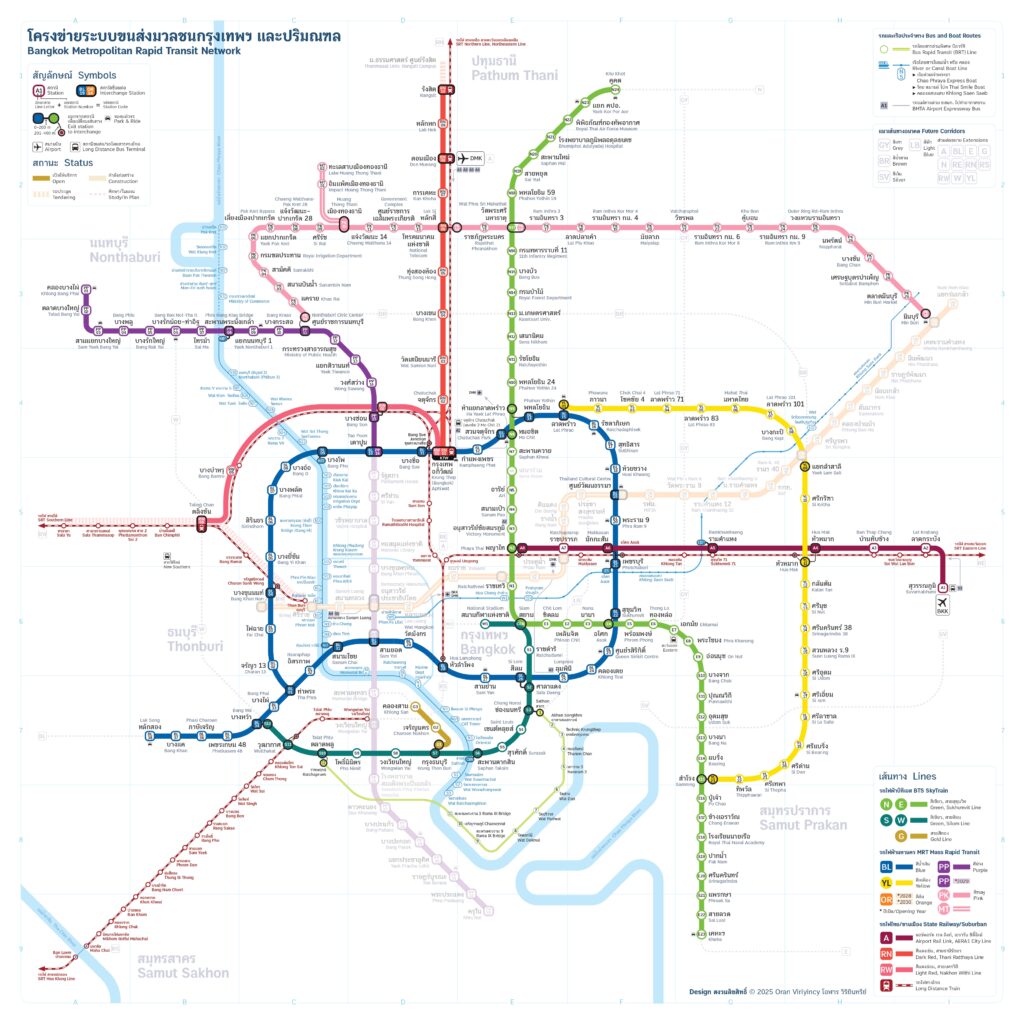
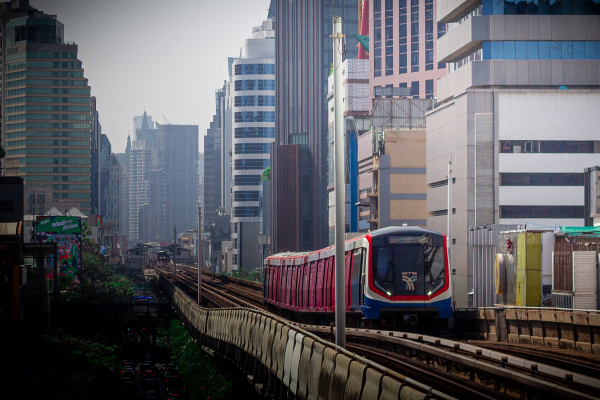
Starting at 15 - 62 baht
Sky Train (BTS)
BTS Skytrain is a convenient, fast, and safe mass transit system that connects important areas of Bangkok. It has two main lines: the Sukhumvit Line, which runs through major business and shopping districts like Siam, Chit Lom, and Asok, and the Silom Line, which links to business areas such as Sathorn and tourist attractions like the Grand Palace and the Chao Phraya River. The BTS also offers seamless connections to other public transportation systems, including the MRT Subway, Airport Rail Link (ARL), and passenger boats, allowing tourists to travel to various destinations conveniently and smoothly.
Blue Line: ฿ 16 - 42 and Purple Line: ฿ 14 - 20
Subway System (MRT)
The MRT (Metropolitan Rapid Transit) is Bangkok’s underground subway system, offering a modern, safe, and efficient way to avoid traffic congestion in the city. The Blue Line covers the city center, passing major destinations such as Chatuchak, Chinatown, and Sanam Luang, while its connection to the Purple Line extends travel beyond Bangkok into Nonthaburi province, providing visitors with convenient access to the metropolitan area. The MRT also integrates seamlessly with other transport systems, including the BTS Skytrain, the Airport Rail Link (ARL), and river ferries, making it easy for travelers to move smoothly across Bangkok and into its neighboring provinces.

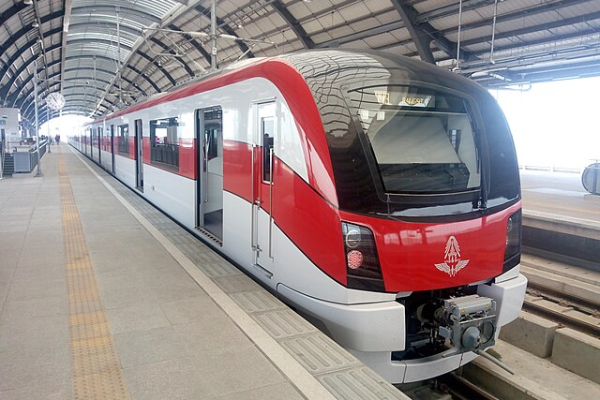
Starting at 16 - 42 baht
SRT Red Line Commuter Train
The State Railway of Thailand (SRT) plays a vital role in Bangkok’s transport system, offering both commuter services such as the Red Line, which connects the city with Don Mueang International Airport, and long-distance trains departing from Bangkok Apiwat Central Station, the country’s main rail hub. SRT services integrate seamlessly with other public transport systems, including the MRT subway, BTS Skytrain, and the Airport Rail Link (ARL) to Suvarnabhumi International Airport. This makes it easy for visitors to travel smoothly within Bangkok and continue onward to destinations across Thailand.

SRT Intercity Trains
The State Railway of Thailand (SRT) operates intercity trains connecting Bangkok with provinces across Thailand’s North, Northeast, South, and East. The main hub is the Bangkok Apiwat Central Station, from which most long-distance trains depart. Travelers can easily reach the station via the MRT subway (Bang Sue or Kamphaeng Phet Stations), as well as public buses and taxis. These trains are ideal for journeys to destinations such as Chiang Mai, Khon Kaen, Nakhon Ratchasima, Hua Hin, Surat Thani, and beyond.
Starting at 15 - 45 baht
Airport Rail Link (ARL)
The Airport Rail Link (ARL) provides a fast, convenient, and international-standard connection between downtown Bangkok and Suvarnabhumi International Airport. Along its route, key transfer points include Phaya Thai Station, which connects to the BTS Skytrain, and Makkasan Station, which links to the MRT subway. These connections allow travelers to easily continue their journeys to Bangkok’s business districts, tourist attractions, and shopping centers. The ARL is therefore an ideal choice for visitors seeking a smooth and efficient transfer to and from Suvarnabhumi Airport.

Transportation on the water
Bangkok’s Chao Phraya Express boats and canal ferries provide a unique travel experience. Visitors can enjoy scenic river views, witness local riverside lifestyles, and reach cultural and historical landmarks quickly and affordably—making every trip both practical and memorable.
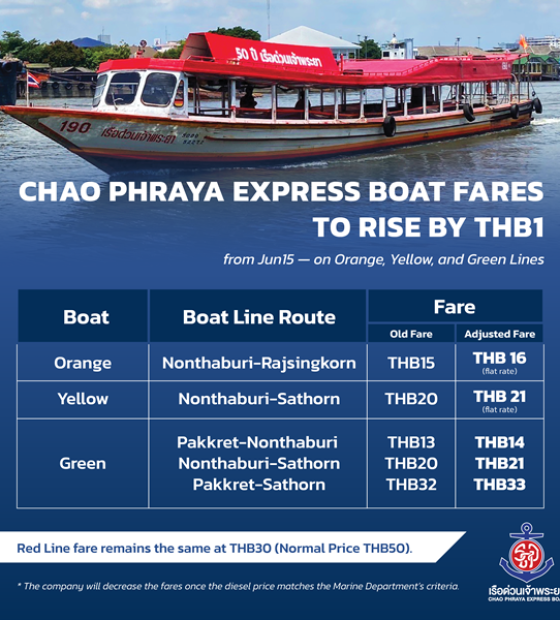
Starting at 14 - 33 baht
Chao Phraya Express Boat
The Chao Phraya Express Boat is one of Bangkok’s most important water transport systems, offering fast and affordable travel along the Chao Phraya River through the heart of the city. It connects seamlessly with other public transport options such as the BTS Skytrain at Saphan Taksin, the MRT subway, and city buses. The service also includes ferry boats, which are part of the express network and provide easy crossings between the Phra Nakhon and Thonburi sides. Taking the Chao Phraya Express Boat is not only an efficient way to travel but also a unique cultural experience—allowing visitors to admire temples, the Grand Palace, and riverside communities, and to discover Bangkok’s charm from the water’s perspective.
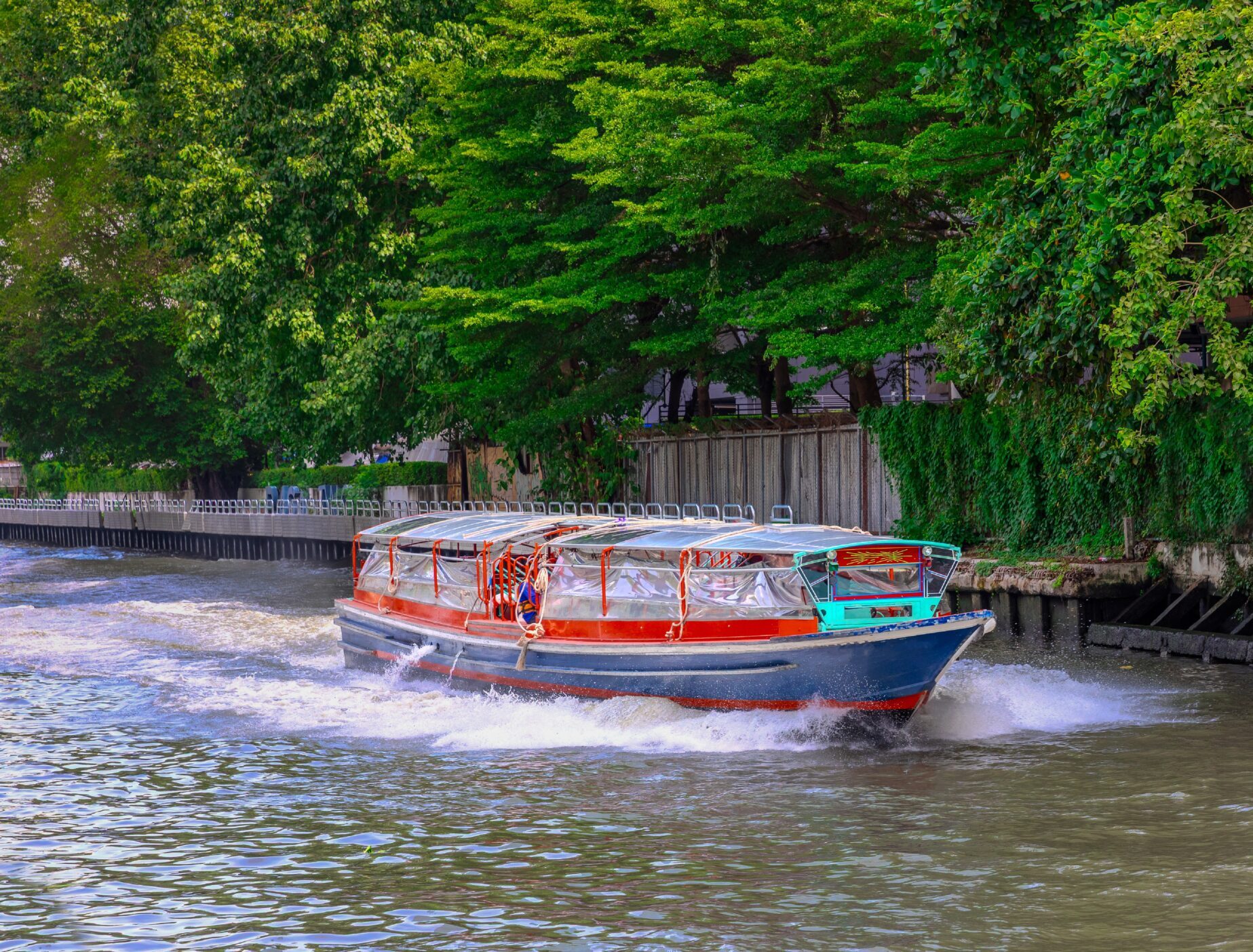
Starting at 14 - 33 baht
Canals
Bangkok’s canal boat services offer a fast and efficient alternative to road travel, helping passengers avoid traffic while exploring the city. There are three main routes: Khlong Saen Saep, which cuts through the city center and links business and tourist areas such as Pratunam and Asok; Khlong Phadung Krung Kasem, running through the historic old town and near Hua Lamphong Railway Station; and Khlong Phasi Charoen, serving the Thonburi side of Bangkok. These canal boats connect easily with other public transport systems, including the BTS Skytrain, MRT subway, and city buses, providing tourists with smooth journeys across key districts while offering a unique glimpse into Bangkok’s traditional canal-side lifestyle.
Transportation on the plane
Bangkok serves as the gateway to Thailand and Southeast Asia, boasting a modern and well-connected air transport system. Suvarnabhumi International Airport acts as a major regional aviation hub, while Don Mueang International Airport offers a wide range of domestic and international flights. Both airports provide seamless connections to the city through public transport systems such as the Airport Rail Link (ARL), the SRT Red Line, the BTS Skytrain, the MRT subway, as well as buses and expressways. This ensures that travelers can move swiftly from the airports to downtown Bangkok and onward to destinations across Thailand, making air travel an essential and effortless part of the Bangkok experience.
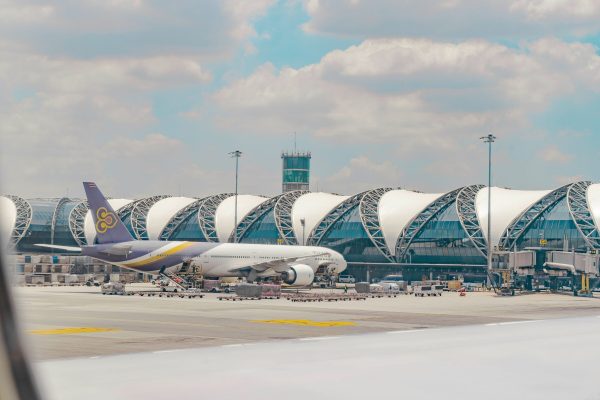
Suvarnabhumi International Airport
Suvarnabhumi International Airport is Bangkok’s main airport and one of Southeast Asia’s major aviation hubs, handling a large volume of international and domestic flights daily. The airport is well connected to Bangkok’s public transport network, most notably via the Airport Rail Link (ARL), which provides a direct connection to the city center and links further with the BTS Skytrain and MRT subway at Makkasan and Phaya Thai stations. In addition, buses, taxis, and expressways offer easy access to business districts, shopping areas, and key tourist attractions, ensuring that travelers can reach central Bangkok quickly and seamlessly.
Don Mueang International Airport
Don Mueang International Airport is one of Bangkok’s oldest airports and now serves as a major hub for low-cost airlines, handling a large number of domestic and international flights. The airport is directly connected to the SRT Red Line commuter train, which stops at Don Mueang Station and continues to Bangkok Apiwat Central Station, the country’s main rail hub. From there, travelers can transfer to trains operated by the State Railway of Thailand (SRT), including long-distance services, commuter lines, and in the future, high-speed rail. The Red Line also links with other public transport systems such as the BTS Skytrain and MRT subway through various transfer points. Combined with buses, taxis, and expressways, this provides visitors with seamless access from Don Mueang Airport to downtown Bangkok and onward to destinations across Thailand.
